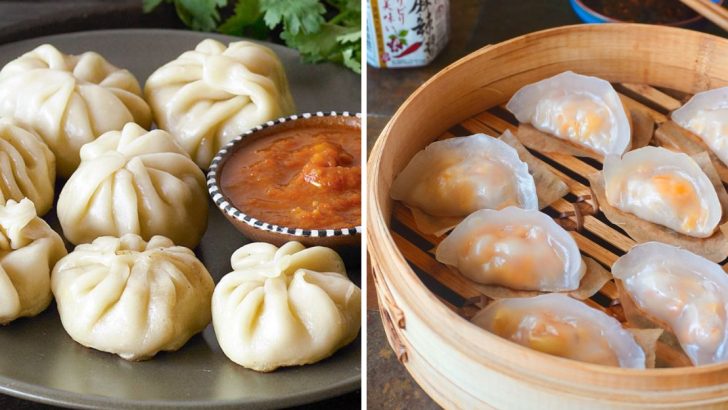Dumplings come in countless shapes, fillings, and flavors, and every culture seems to have its own irresistible version. Some are steamed and delicate, others crispy and golden, all of them pure comfort wrapped in dough.
These little parcels tell stories of tradition, creativity, and serious culinary skill. Here’s a delicious guide to 17 types of dumplings and what makes each one special.
1. Gyoza
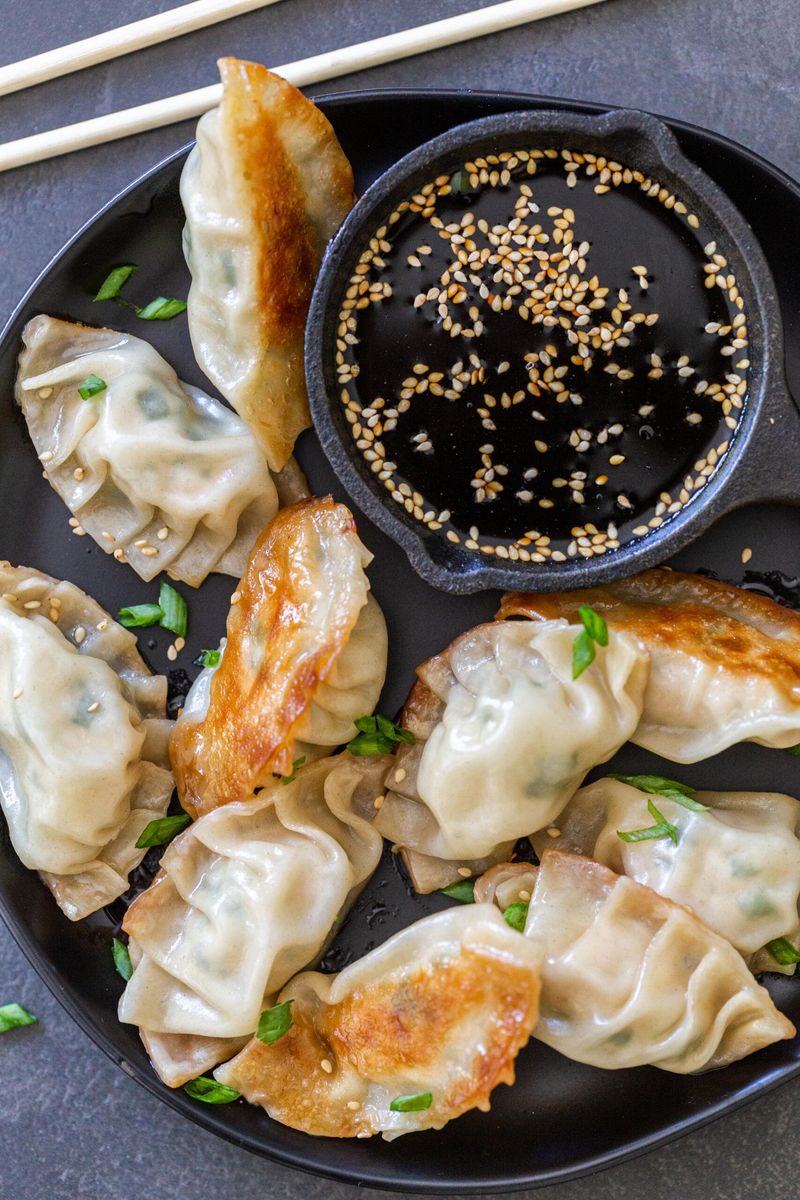
Forget subtle flavors—gyoza hits you with a one-two punch of umami and texture that’ll make your taste buds do backflips! These half-moon pockets feature thin wrappers stuffed with ginger-spiked pork and cabbage, then cooked using the magical ‘steam-fry’ method.
One side gets golden-brown and crispy while the other stays delicately chewy. The Japanese perfected this technique after adapting Chinese jiaozi during WWII. Dunk these bad boys in a zippy dipping sauce of soy, rice vinegar, and chili oil.
2. Pierogi

Holy comfort food, Batman! Pierogi are the superhero dumplings of Eastern Europe that swoop in to save you from hunger with their carb-on-carb magic. These half-moon treasures typically bundle mashed potatoes, cheese, sauerkraut, or meat inside a tender dough blanket.
Pan-fried until golden and topped with caramelized onions and a dollop of sour cream, pierogi transform from simple to sublime in seconds. Polish grandmothers pinch these pockets shut with lightning speed, a skill passed down through generations.
3. Momo
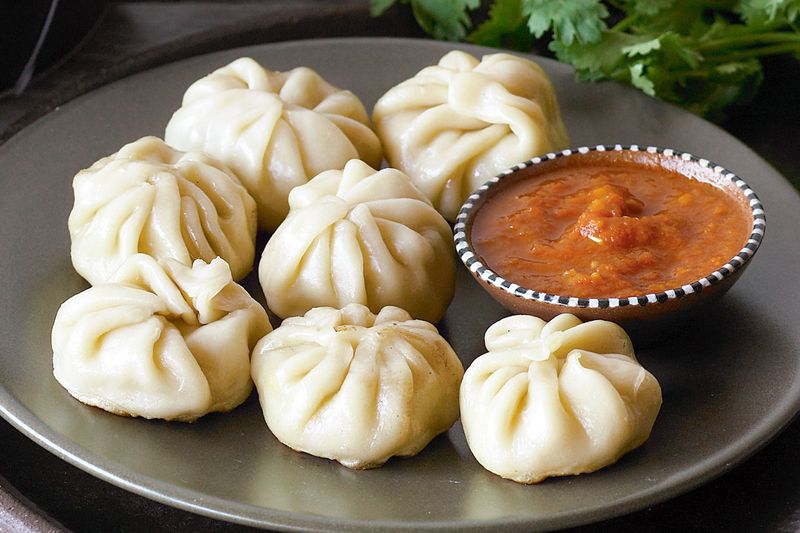
Scaling the flavor heights like their mountainous homeland, momos pack serious punch into tiny packages! These Nepalese and Tibetan treasures feature hearty meat or vegetable fillings wrapped in thick, chewy dough, then steamed until plump and juicy.
What really sets momos apart? The fiery tomato chutney called achar that accompanies them—a blend of roasted tomatoes, chilies, and spices that’ll wake up taste buds you didn’t know existed. The distinctive pleated shape requires serious finger dexterity.
4. Xiaolongbao
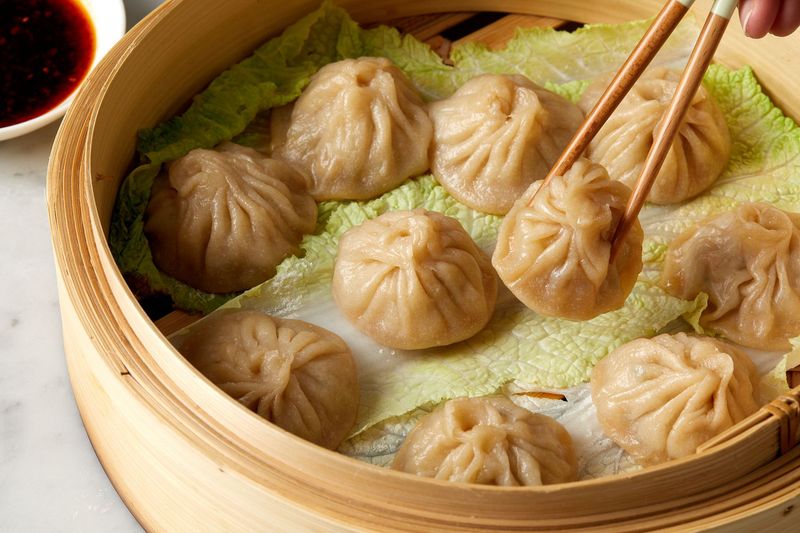
Bite into a xiaolongbao unprepared and you’ll get a scorching soup shower down your shirt! These Shanghai soup dumplings perform actual kitchen wizardry—somehow trapping rich broth INSIDE the wrapper alongside pork filling.
The secret? Gelatin-rich stock that solidifies when cold, allowing it to be wrapped up, then melts into liquid gold during steaming. Experts eat them by creating a small tear, slurping the soup first, then devouring the dumpling.
5. Ravioli
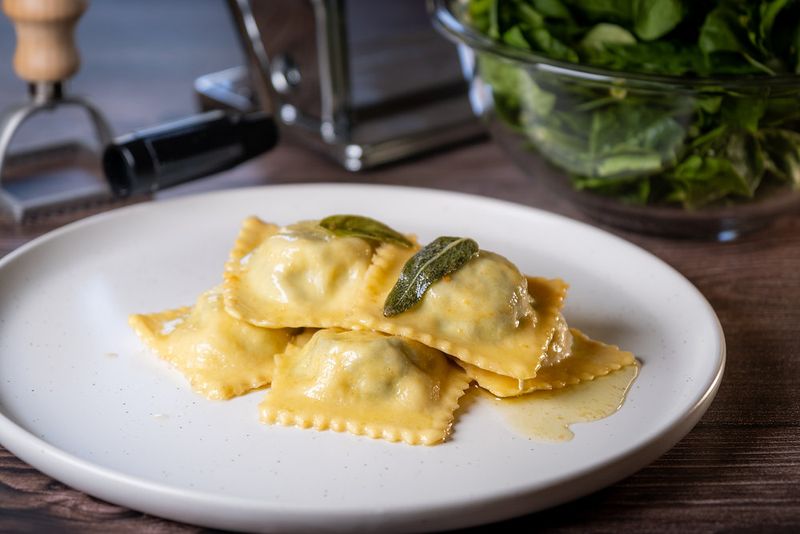
Square-shaped satisfaction that proves Italians do it better! Ravioli might be the world’s most famous dumpling, featuring two sheets of egg pasta sandwiching fillings from classic ricotta and spinach to luxurious lobster or truffle.
These pillowy parcels swim in sauces ranging from simple brown butter and sage to robust tomato ragù. Regional variations abound—Sardinia’s culurgiones sport an intricate wheat-spike closure, while Liguria’s pansotti come triangular and stuffed with foraged greens.
6. Samosa
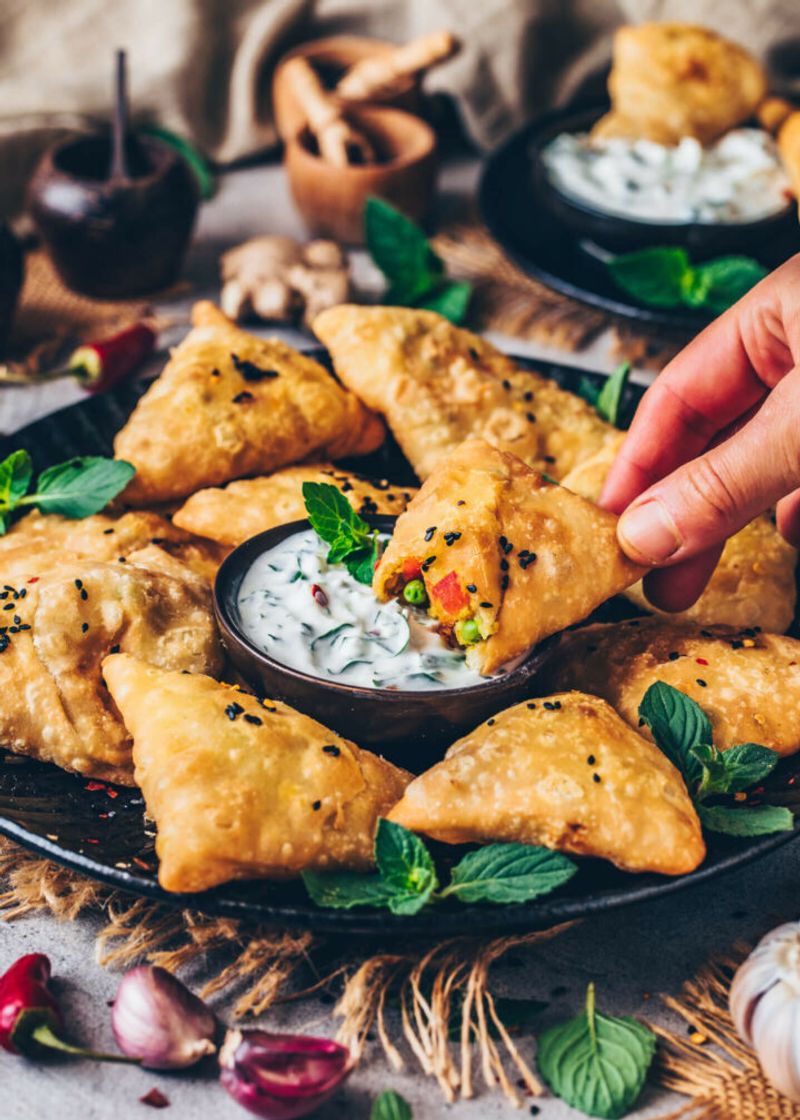
Crunch alert! These triangular troublemakers start street fights in Mumbai because nobody can eat just one. While technically pastry rather than traditional dumplings, samosas earn their spot through their stuffed, folded nature and global dumpling domination.
Spiced potato filling studded with peas and aromatic spices hides inside a crackling crisp shell that shatters with each bite. Green chutney and sweet-tangy tamarind dipping sauces create the perfect balance of heat, tang, and sweetness.
7. Manti
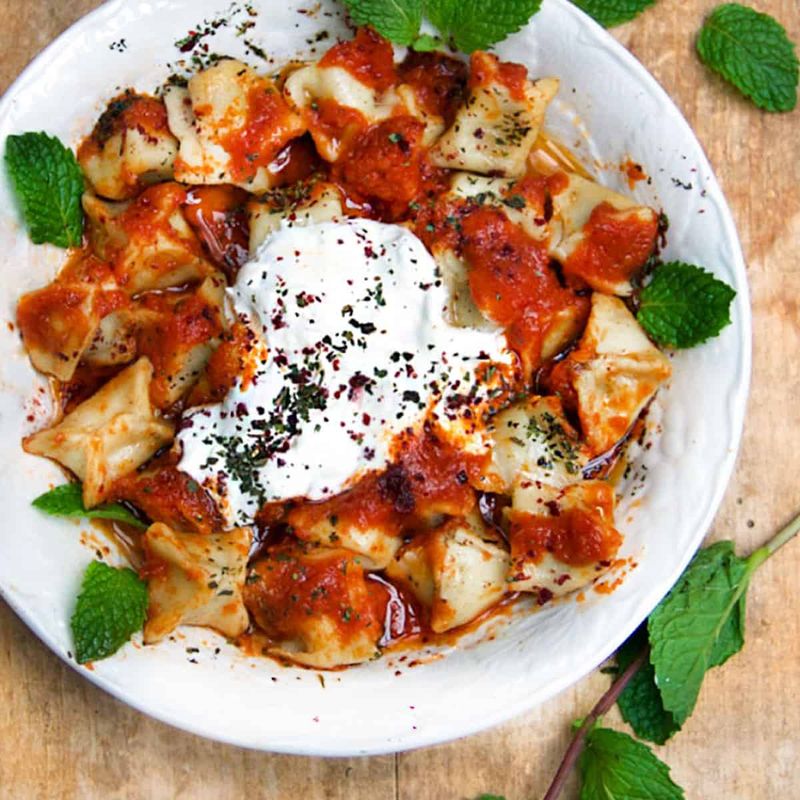
Smaller than your palm but packing more flavor than a spice bazaar! These Turkish and Central Asian dumplings feature hand-minced lamb or beef mixed with onions and spices, wrapped in paper-thin dough, then steamed or boiled to juicy perfection.
The magic happens with toppings: garlicky yogurt sauce, spiced butter with sumac, and sometimes a sprinkle of dried mint or Aleppo pepper. In Kazakhstan, massive platters of manti signal hospitality and celebration.
8. Empanadas

Handheld happiness with origins in Spain but perfected across Latin America! These half-moon pastries technically straddle the line between dumplings and turnovers, but their stuffed, crimped nature earns them a rightful place on this list.
Fillings vary wildly by country—Argentina loves spiced ground beef with olives and raisins, while Chile adds seafood, and Caribbean versions might include sweet plantains. The dough gets its distinctive golden color and flakiness from lard or butter.
9. Jiaozi
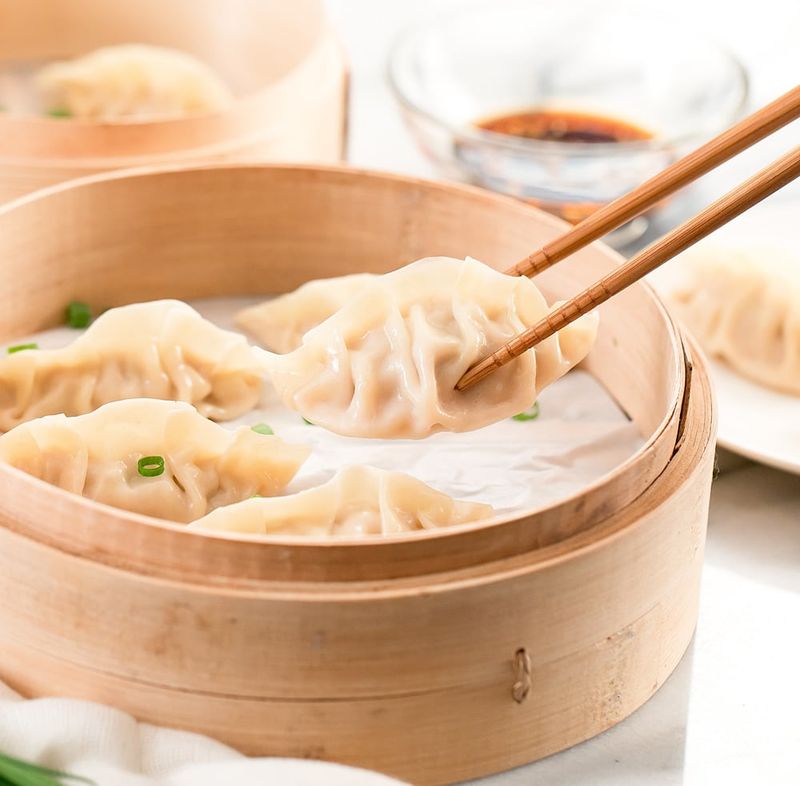
Ka-ching! Shaped like ancient Chinese gold ingots, these crescent dumplings symbolize prosperity and good fortune. During Chinese New Year, families gather for jiaozi-making marathons, wrapping hundreds while catching up on gossip and family news.
The filling typically combines ground pork with napa cabbage, scallions, ginger, and sometimes shrimp. Masters can fold these lightning-fast, creating perfect pleats along the curved edge. Boiled (shuijiao), pan-fried (guotie), or steamed (zhengjiao)—all variations deliver comfort in every bite.
10. Khinkali

Grab the topknot and slurp like a local! These Georgian giants look like purses carrying liquid gold—spiced meat filling that creates its own broth during cooking. The proper technique: grab the doughy “handle,” take a small bite, suck out the savory broth, then devour the rest.
The dough contains no eggs, giving it a distinctive chewiness that perfectly complements the peppery filling. True khinkali connoisseurs count the pleats—fewer than 10 means the cook is an amateur. Never use utensils or (gasp!) cut khinkali with a knife.
11. Pelmeni

Survival food that powered Russians through brutal winters! These small, ear-shaped dumplings were traditionally made in massive batches, frozen outdoors in the Siberian cold, and carried in sacks by hunters as portable protein bombs.
The simple filling of ground meat (often a mix of beef and pork) gets minimal seasoning—just onions, salt, and pepper—letting the quality of ingredients shine. Thin dough wraps around the filling in a distinctive ear or button shape, then gets boiled briefly and served with sour cream, vinegar, or butter.
12. Shui Jian Bao
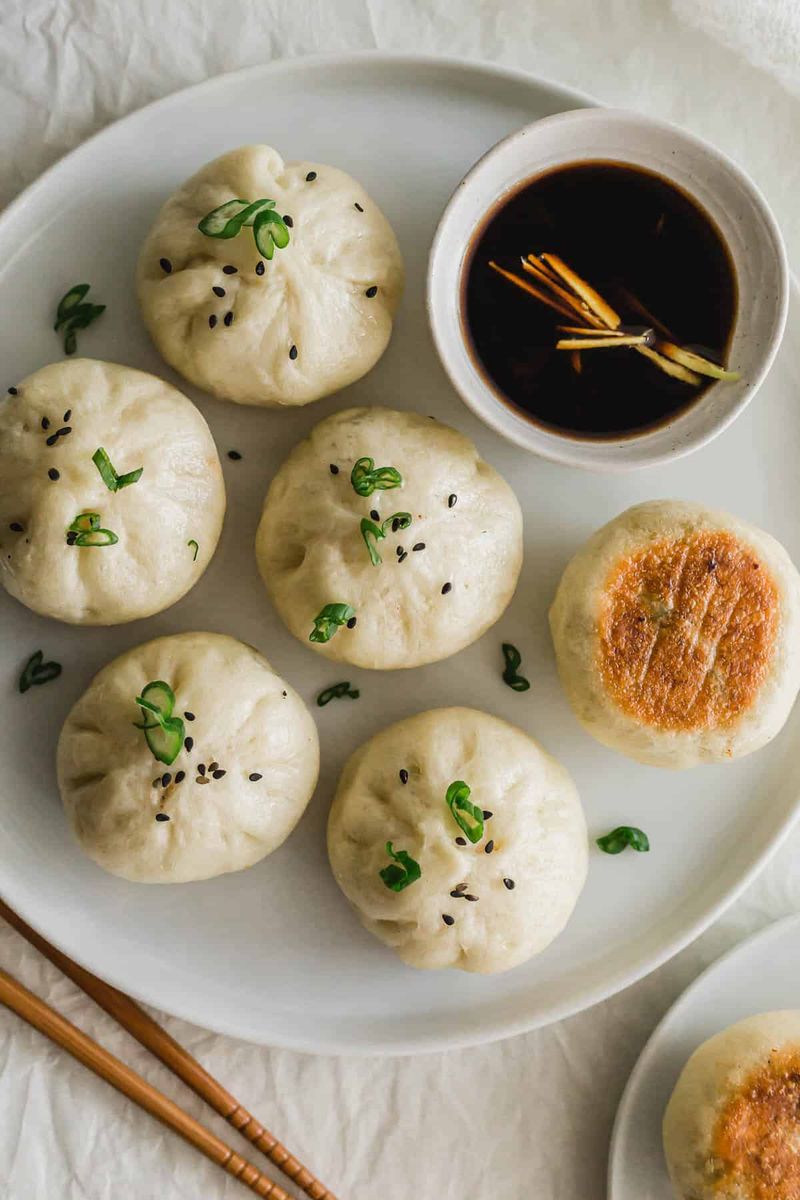
Crispy bottoms, fluffy tops, and juicy middles—the holy trinity of dumpling perfection! These Shanghai favorites feature thick, yeasted dough that puffs dramatically during cooking, creating a light, bread-like texture around a savory pork filling.
The cooking method is pure genius: first pan-fried until the bottoms turn golden-brown, then water is added and the pan covered, creating steam that cooks the tops to fluffy perfection. Sprinkle with sesame seeds and scallions for the finishing touch.
13. Har Gow
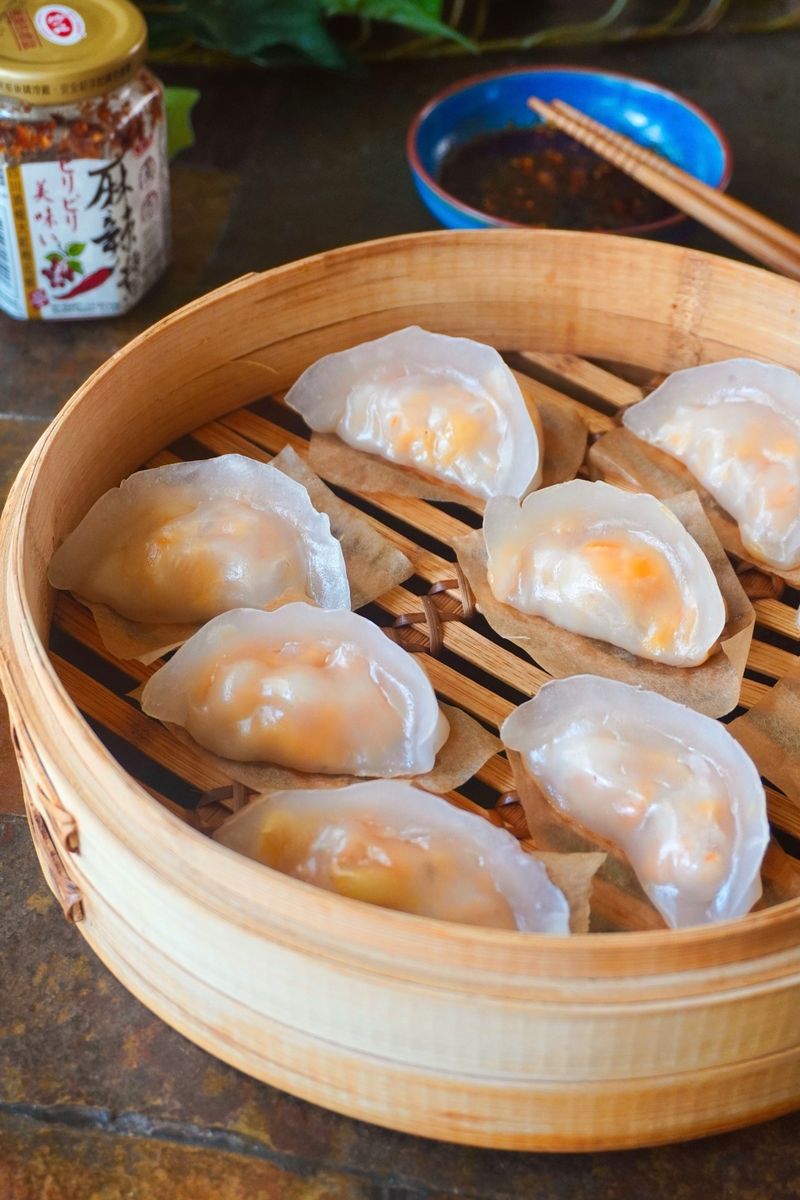
Crystal-skinned beauties that test any dim sum chef’s true skill! These Cantonese dumplings feature a translucent wrapper so delicate it should show the pink shrimp inside while remaining intact when picked up with chopsticks.
The wrapper’s unique texture comes from wheat starch and tapioca, creating a slightly chewy, translucent skin. Bamboo shoots add a subtle crunch to the plump shrimp filling. Traditionally folded into 12 pleats—no more, no less—each pleat represents a month of the year.
14. Modak
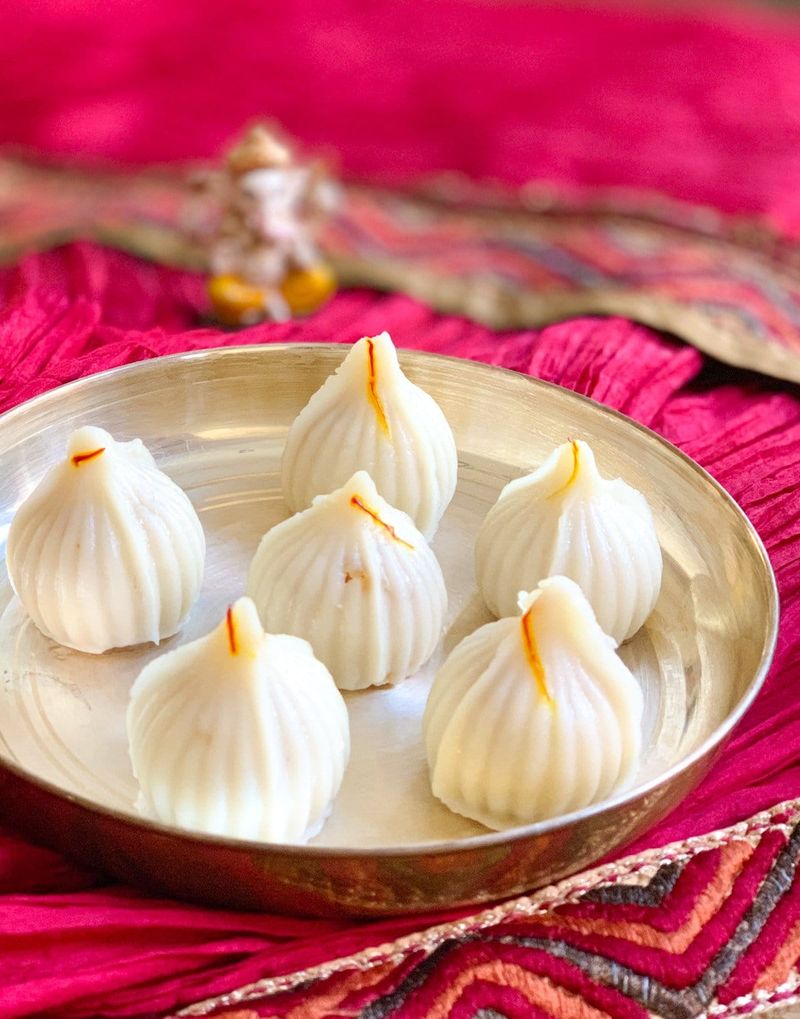
Ganesh’s favorite snack isn’t carrot sticks! These teardrop-shaped sweet dumplings are ritually offered to the elephant-headed Hindu deity during festivals, particularly Ganesh Chaturthi.
The outer shell of rice flour or wheat dough encases a heavenly filling of freshly grated coconut, jaggery, cardamom, and sometimes nuts. Traditional modak are steamed until the dough turns translucent, though fried versions exist too.
15. Baozi
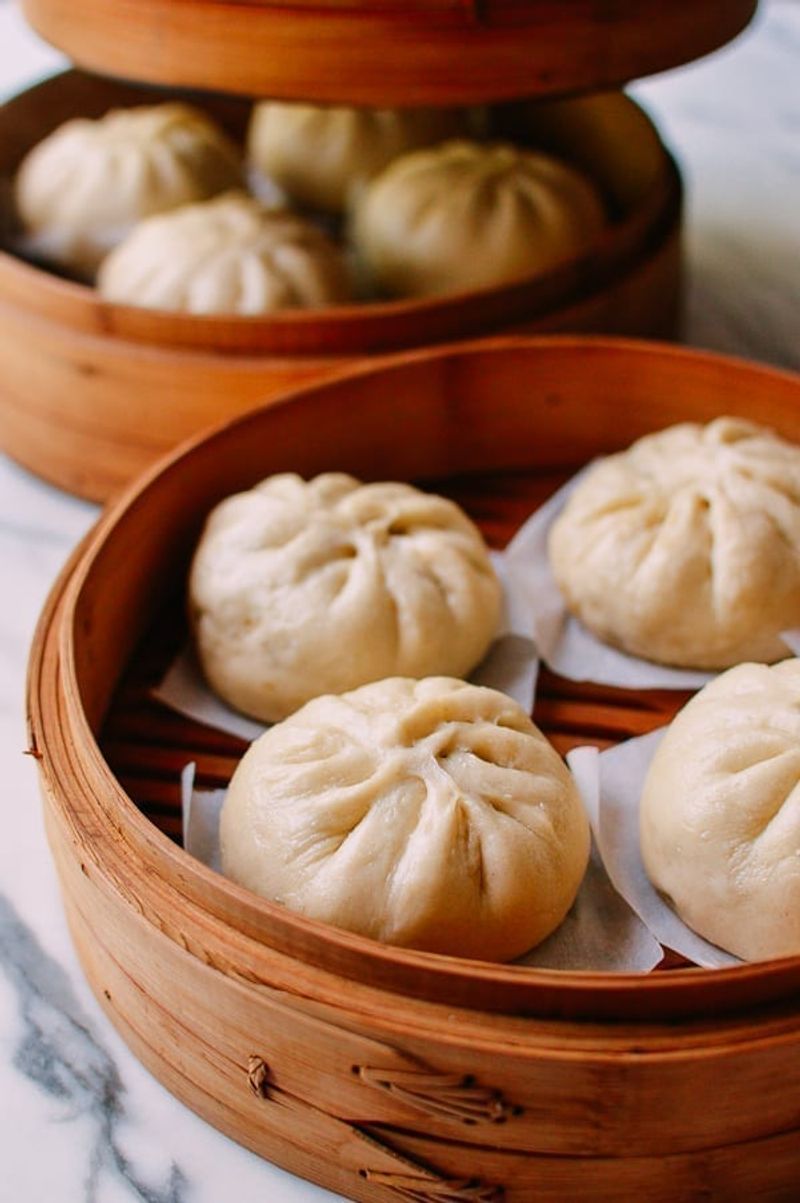
Cloud-like buns that could pass for edible pillows! These yeasted dough wonders rise to fluffy perfection when steamed, enveloping fillings from barbecue pork (char siu bao) to sweet bean paste.
Unlike their flat-bottomed cousins (mantou), baozi are completely sealed, creating a surprise package effect when you bite in. The dough contains yeast, giving it a distinctive bread-like texture that’s worlds apart from other dumplings.
16. Kartoffelknodel
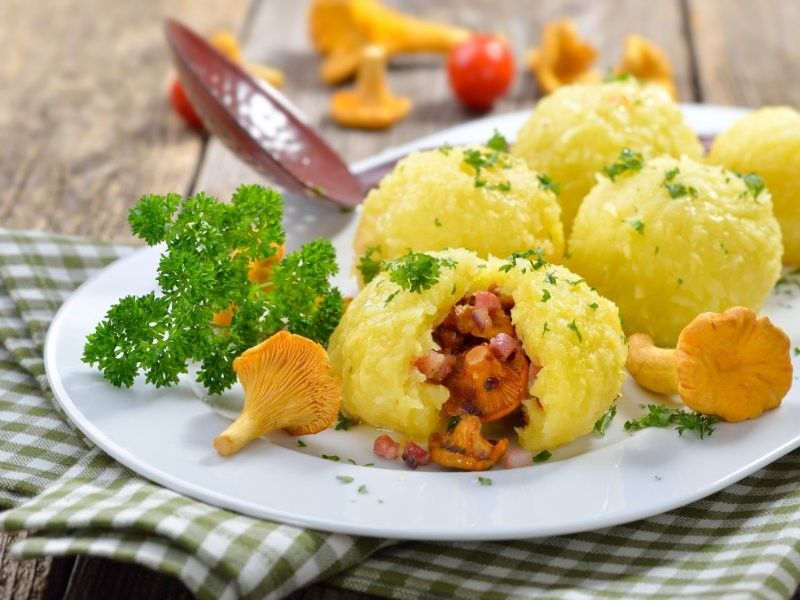
Massive spheres of potato perfection that could double as edible softballs! These German dumplings come in two main varieties: made from raw grated potatoes (harte knödel) or cooked mashed potatoes (weiche knödel), both creating distinctly different textures.
Often hiding surprises inside—crispy bread cubes, mushrooms, or even meat—these giants are designed to soak up rich gravies from hearty German main dishes. The cooking method requires gentle simmering rather than rolling boils to prevent disintegration.
17. Bánh Bột Lọc
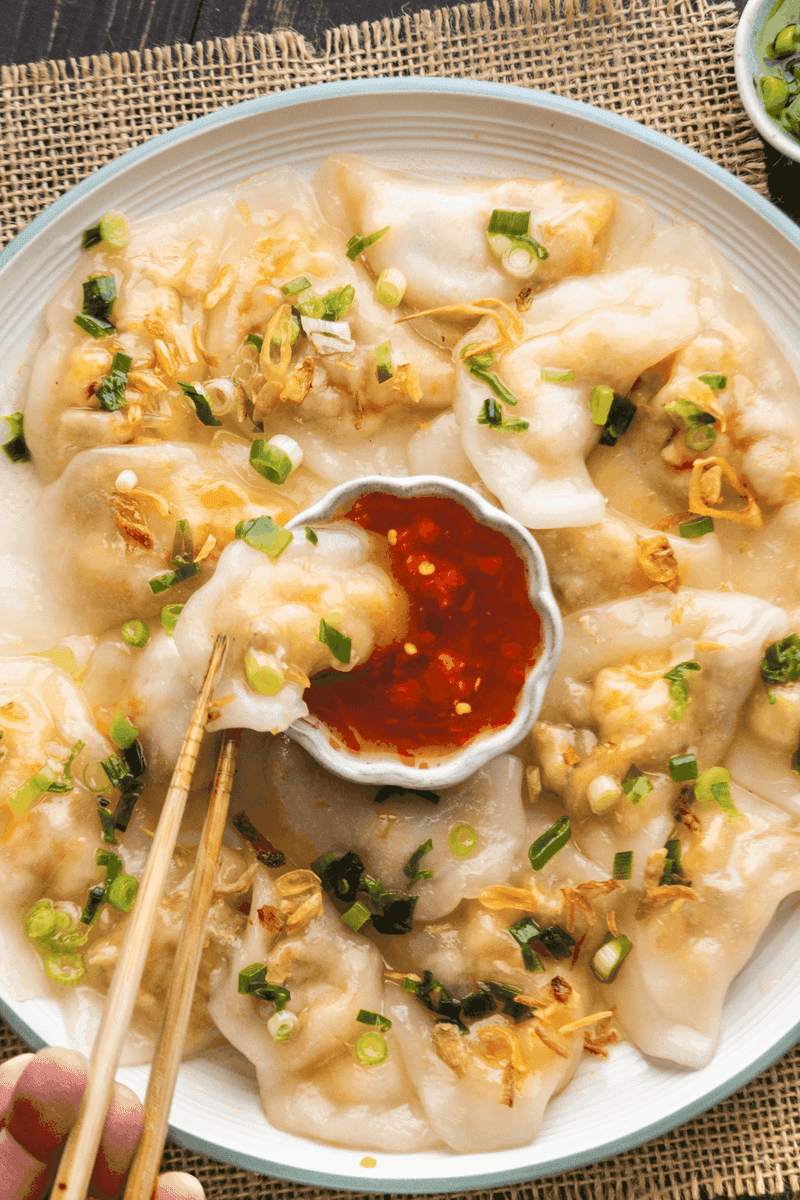
See-through sensation that looks like edible stained glass! These central Vietnamese specialties feature crystal-clear tapioca starch wrappers that reveal the colorful filling inside—typically shrimp and pork belly, creating a stunning orange-and-white mosaic.
The wrapper’s chewy, slightly sticky texture perfectly complements the savory filling. Traditionally wrapped in banana leaves before steaming, they absorb subtle floral aromas during cooking. Originating from Vietnam’s former imperial capital of Hue, these dumplings were once royal court food.

